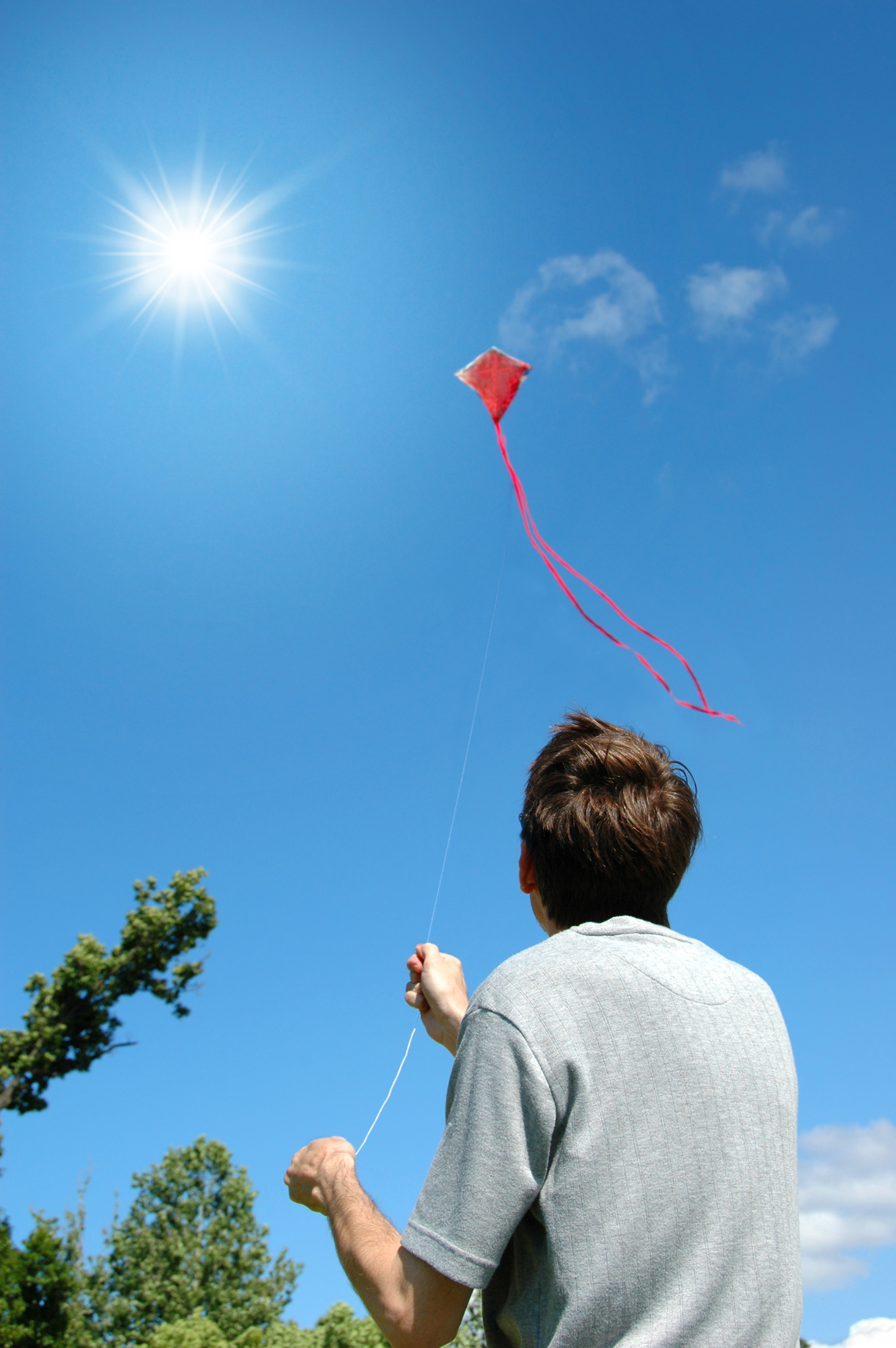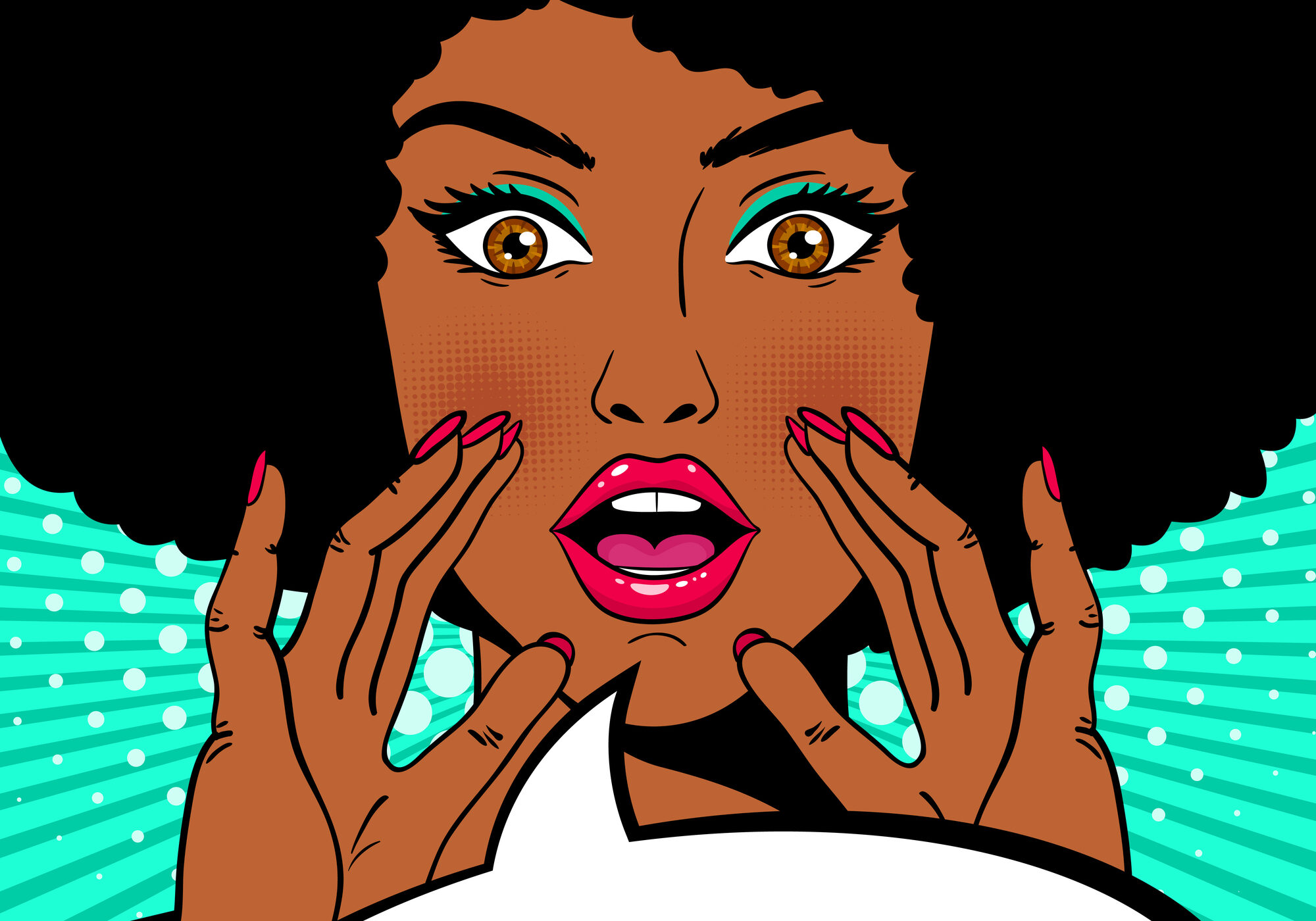How to tell stories to attract and build strong connections with your Tribe – AKA the story of Madassa and his kite.
Once upon a time…
As a child growing up in morocco (Or was it Mali), Madassa loved flying his kite. That fateful day he was tugging on the rope and walking backwards – his eyes on the kite as it swooped and bobbed in the sky. He was lost in the moment, enjoying the breeze on his skin and the sun in his eyes. Madassa wasn’t looking where he was going, by the way did I tell you that he was on a rooftop. Walking backwards on a rooftop. Eyes to the sky… something tells me this is not going to end well…
I am sure, you know what comes next; he fell of the roof and broke his hand (or was it leg?) – This is a true story but the details don’t really matter. What is important is what come next…
An old lady was the first on the scene. As she rushed to his rescue and started picking him up to take him home, Madassa immediately started crying and pleading with her not to tell his dad – like that would be any way to build a broken leg or was it arm? No matter. Unfortunately for all, the lady took him home to is dad who proceeded to give him a thorough spanking before taking him to the village bone setter for treatment.
Like I said. True story.
I heard this story when some of us were sharing childhood stories of getting ourselves in dangerous situations and getting spanked or punished. Everyone had a similar story to tell. Funsho my banker friend whose son went missing from school for several hours but arrived home safe and sound later that night. The little scamp had decided to take public transport by himself (Molue In the sprawling city of lagos that has no bus stops or road signs – a nightmare to imagine your 11 year old out there with no sense of direction) instead of waiting for the driver. From the beating he gave the boy, you would not have believed he was the same frantic tearful father a few hours before.
Or Isi whose son Teejay climbed the fence and she found the little monkey hanging by his t-shirt on the wall spikes with the broken glass inches from under his neck. Teejay (the little monkey) was 2 or 3 years old. She grabbed him, saved him from certain death and then turned around and spanked him thoroughly.
We were telling these stories trying to analyze why we do this. What is that thing? Why is our first relief few? I want to make somethings never happening again.
I know this story may not be very politically correct to someone from a different culture but the point of this that it makes so much sense to some other people. Even brings back fond memories. Black people? African? Or in Madassa’s case Pakistani – who knew?, we all have similar stories or we know someone that it has happened to. We fully get this. We chuckle at the memory, it becomes something we share. A knowing – an emotional connection to a shared past – a way of doing stuff.
It is culture, it is commonality it is a shared way of thinking about stuff. Think of it as inside jokes.
This is where you want your tribe to be built on. Insides stories. Culture
If you are one of my many non-African friends, bear with me. I am just using African-ness as an illustration. When you hear those stories you may say “oh no! Child abuse”. But most black people would nod their heads because they know that situation. Remember the mum that saw her son demonstrating at one of those riots and smacked him and dragged him home by his ear. (there are people that would say, I get it – my mum would totally do that) As an African or one who has a black mums or aunts and they completely get this.
Here’s my point. When you are building your audience, or your tribe you want to create connections and bonds and one way is to tell the stories where your person will say me too. I get that, I get you, it may not be everyone’s cup of tea but it’s mine. Me too. Yep. been there done that.
So when my husband was telling the story of how his uncle rushed him and tried beat him up because he had just got a severe cut on his belly from trying to squeeze through a wire fence everyone popped up with different versions of the same story and that’s how we heard Madassa’s Story.
Your tribe will be attracted to you and connect with you when you share because when you share your story they get a chance to say me too.
It might be your story of motherhood or story of your relationship or Jesus or your love for food, fly-fishing or chewing ice cubes – yes it’s a thing. Your tribe. Your people will say me too.
In Madassa’s kite story, Logic would say you would embrace your child and say “Phew! That was close! Thank God you’re okay! Don’t do that again.”
But no, not the African (Pakistani?) way. A combination of fear, panic relief, and annoyance after the worry and frantic fear equals to a spanking. That’s the African way or at least it need to be before we got civilised.
Here’s the thing, anyone that gets this gets it on a very personal very deep level so when you invite someone into your story and they get you and can say me too, the connection is a very real strong one.
As a combination of personality, culture or experience, this not superficial stuff.
So how does this apply to your biz? I’ll give you one example.
Social media.
where you are doing social media, the mistake we make is always wanting to say buy my stuff, buy my thing, come to my event like my page buy my course.
What we should be dong instead is telling stories and sharing experiences that make people say I get you, Me too, been there, I feel you. Instead of trying to cram your products and services down their throat tell your people
this is who I am.
This is how we do what we do
This is why we do it
Remember when…
Don’t you just love it when…
Don’t you just hate it when…
This is what I love.
What I hate
what I believe
what I ate,
What I drank
these are my hopes, dreams my fears my pain my pleasure my failures my triumphs, this is personal. This is my struggle. These are my kids , my toys, my city, my culture, my favourite café. This is my kitchen, this is my dream kitchen, my garden, my car, my shoes, my dog… this is my life. These are my people. This is where I work, how I work, who I work with who I hope to meet, where I would love to go. My family my church, my hobby my gym. This how I grew up. What I know, what I’ve learnt, what I am still learning. This is me. This is what I stand for. This was a mistake I made, this is what I am grappling with. This is what I struggled with. This is how I won the struggle.
This is my world view. Where I’ve been. Where I’m coming from. Where I am going, where I am now.
No apologies love me or hate me. I have a distinct flavour, I am marmite. You either love me or hate me.
There is no in between this is my position.
I own this spot.
This is who I serve.
This is what I do. This what I don’t do.
Building a tribe in the Social media and beyond is all about attracting and repelling.
Jasmine Starr puts it beautifully when she talks about how she shares pictures of her dog in different costumes. She is trying to attract her people as well as repel others that are Not her tribe.
So when she shares a picture of her dog dressed as a pirate, she knows some would love it and other would think she was crazy. She knows some would embrace her and follow her while others would Roll their eyes and walk away. Some would get it and others would not. And that is absolutely fine. You are not for everyone. But that is another podcast for another day.
You are not for everyone. You are not called to everyone but you have your people.
When you tell them these insider stories, Your people get you. They will know you, like you and trust you. They will be loyal to you. They will be your advocates. Your super fans, your 1000 true fans. Think of the bee hive – beyonce’s people who fight her battles for her – defending her honour and answering her haters.
Telling these attraction stories is a piece of the puzzle that is often missing when we are trying to get people to subscribe to our message and buy our stuff. People are people. They are emotional.
In the coming episodes I will give you examples of stories you should add







